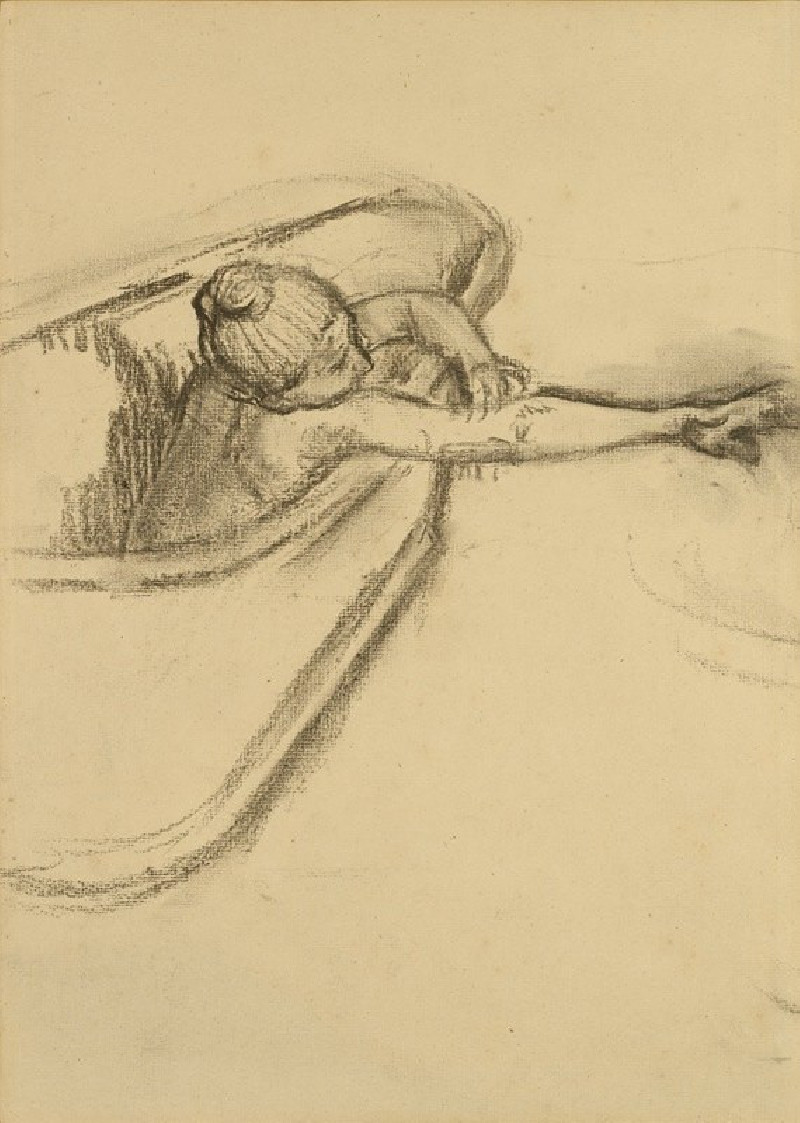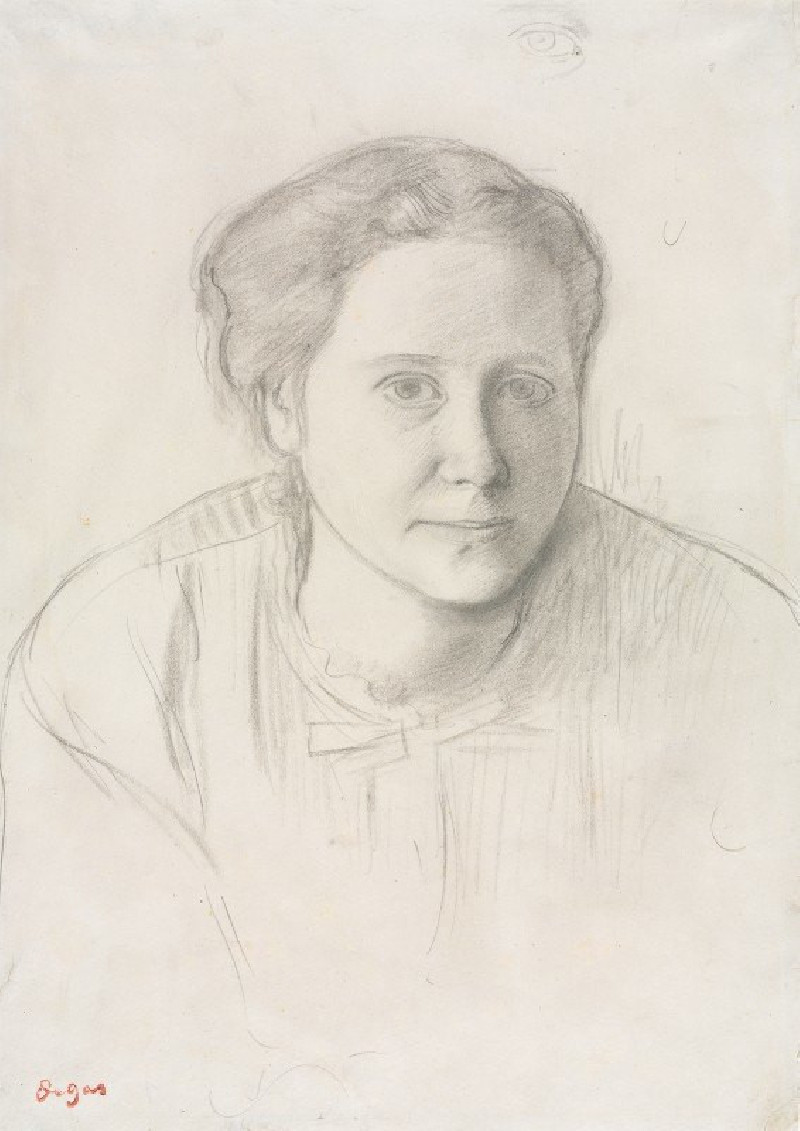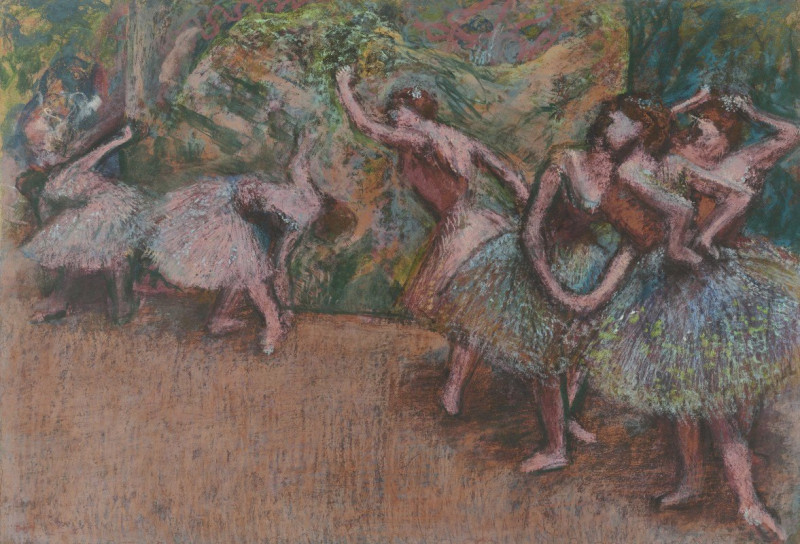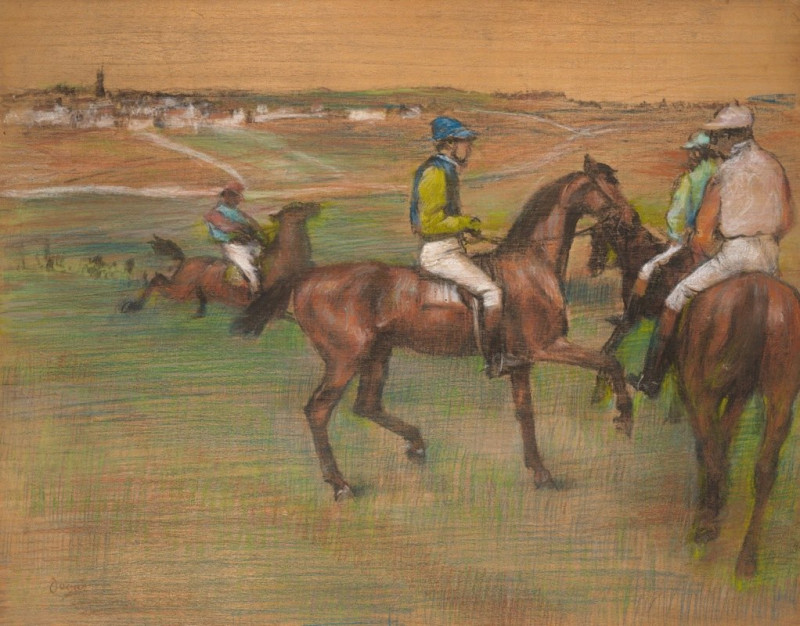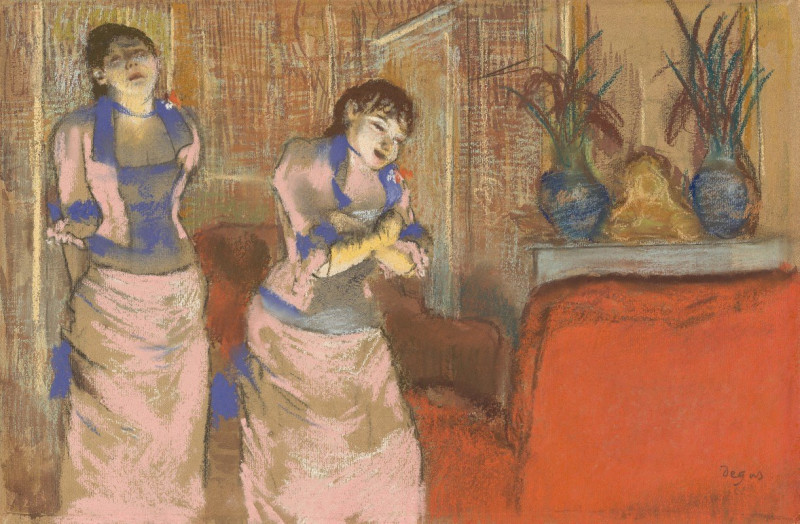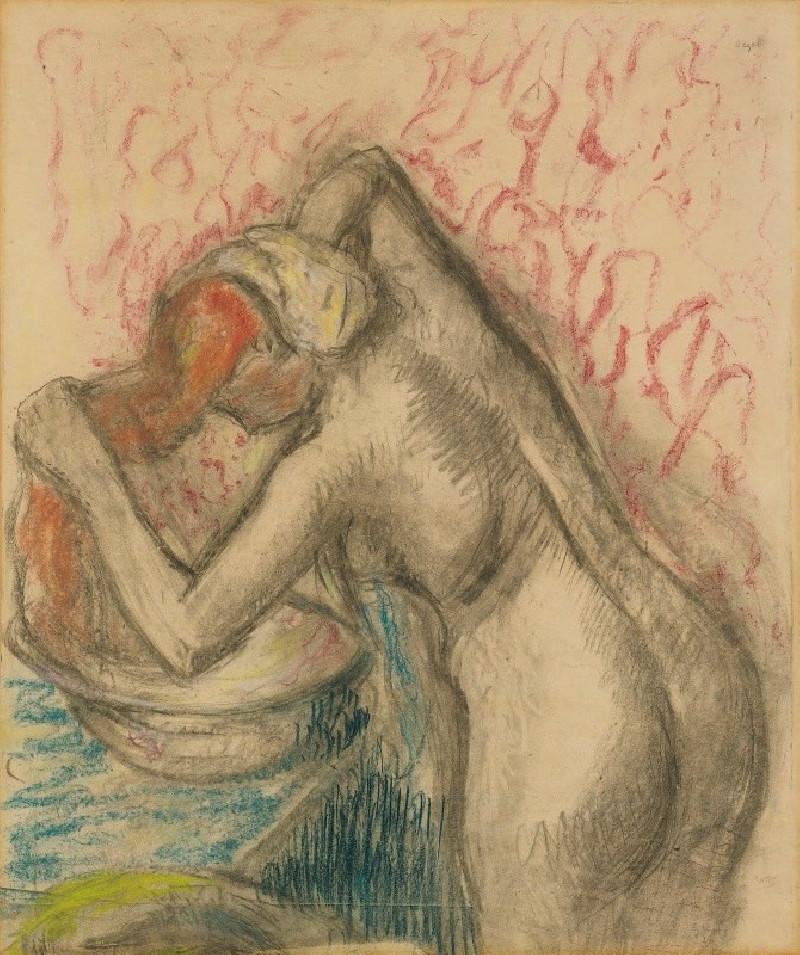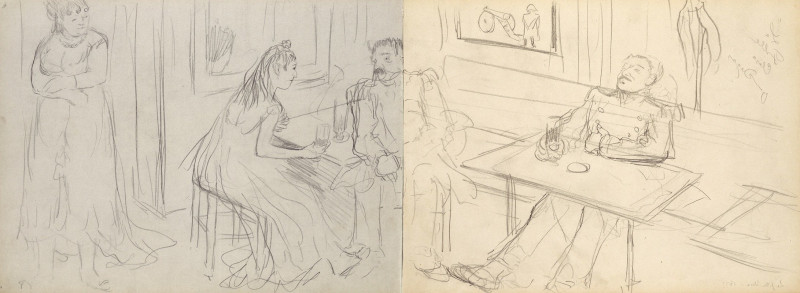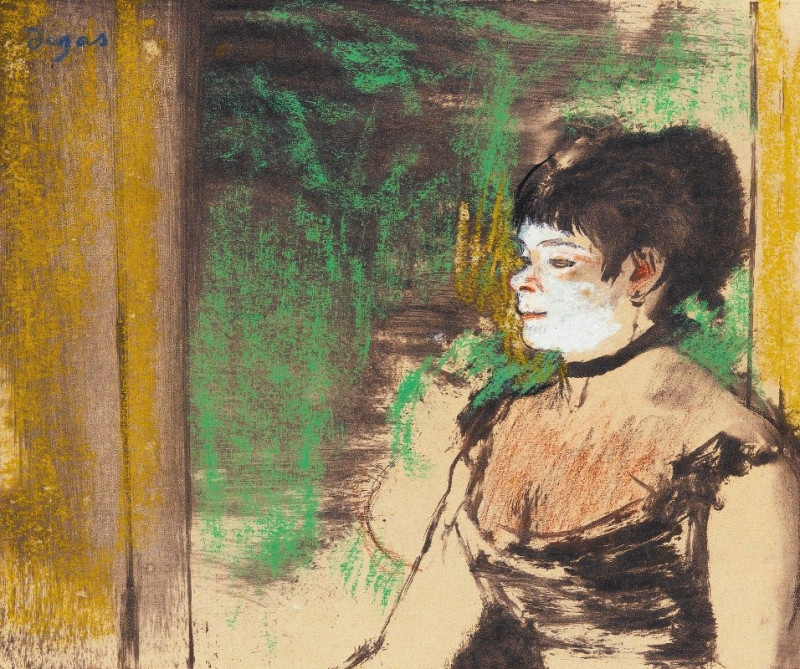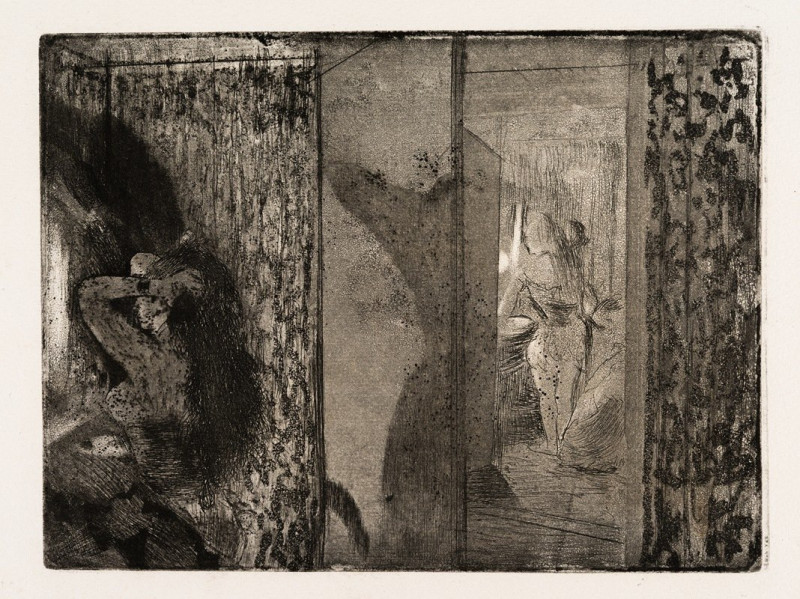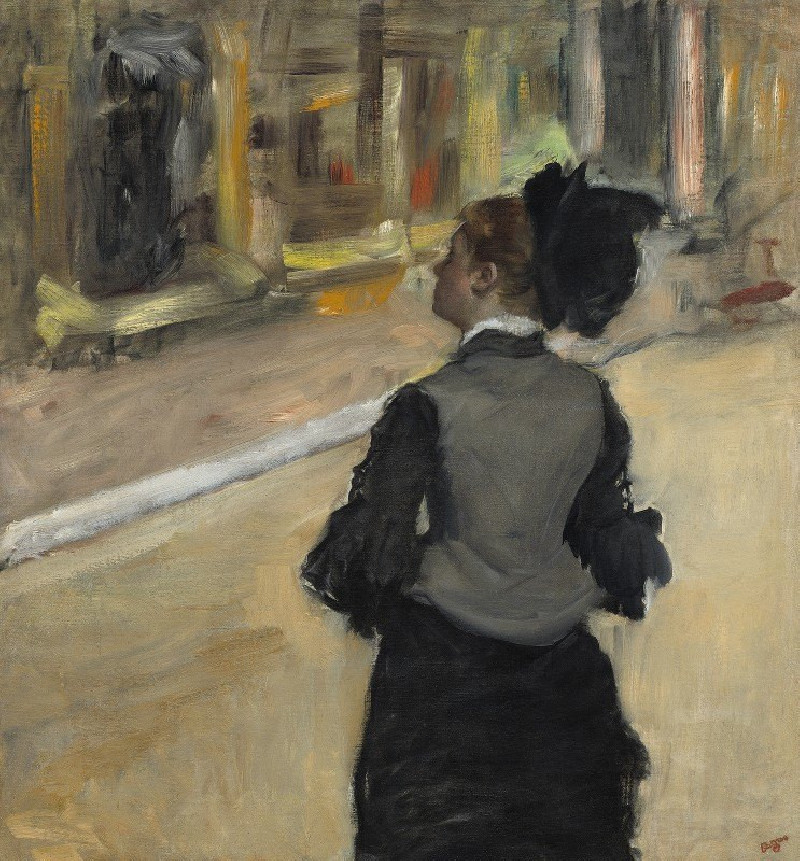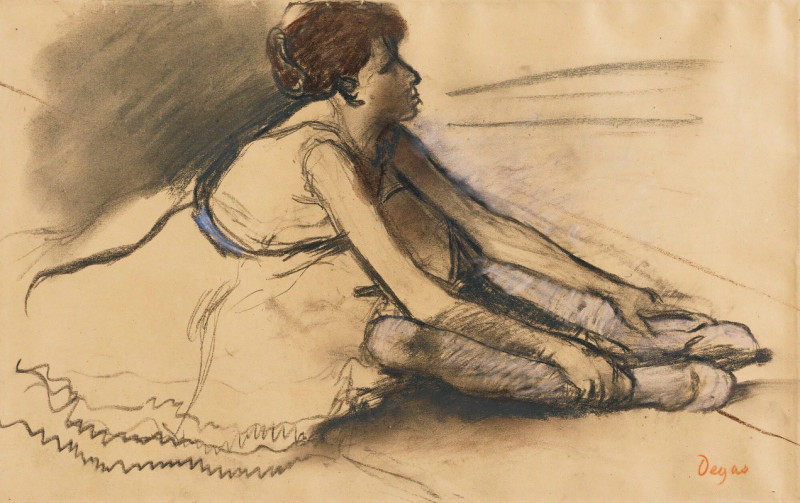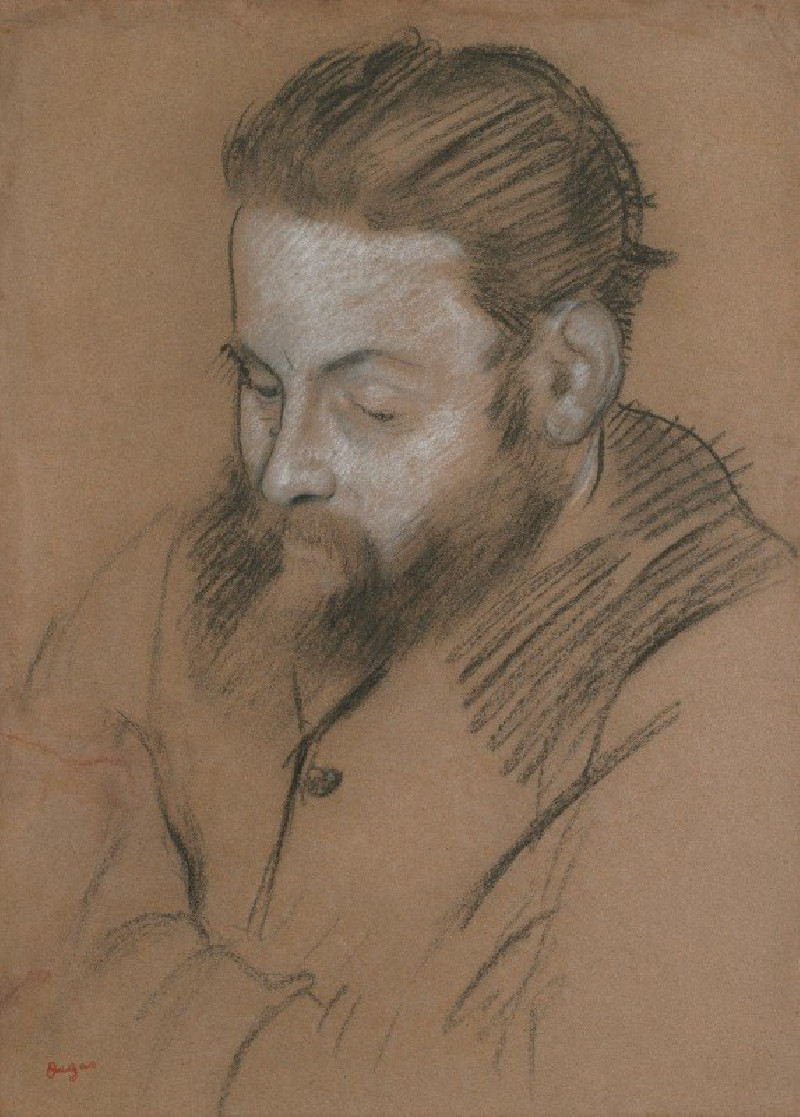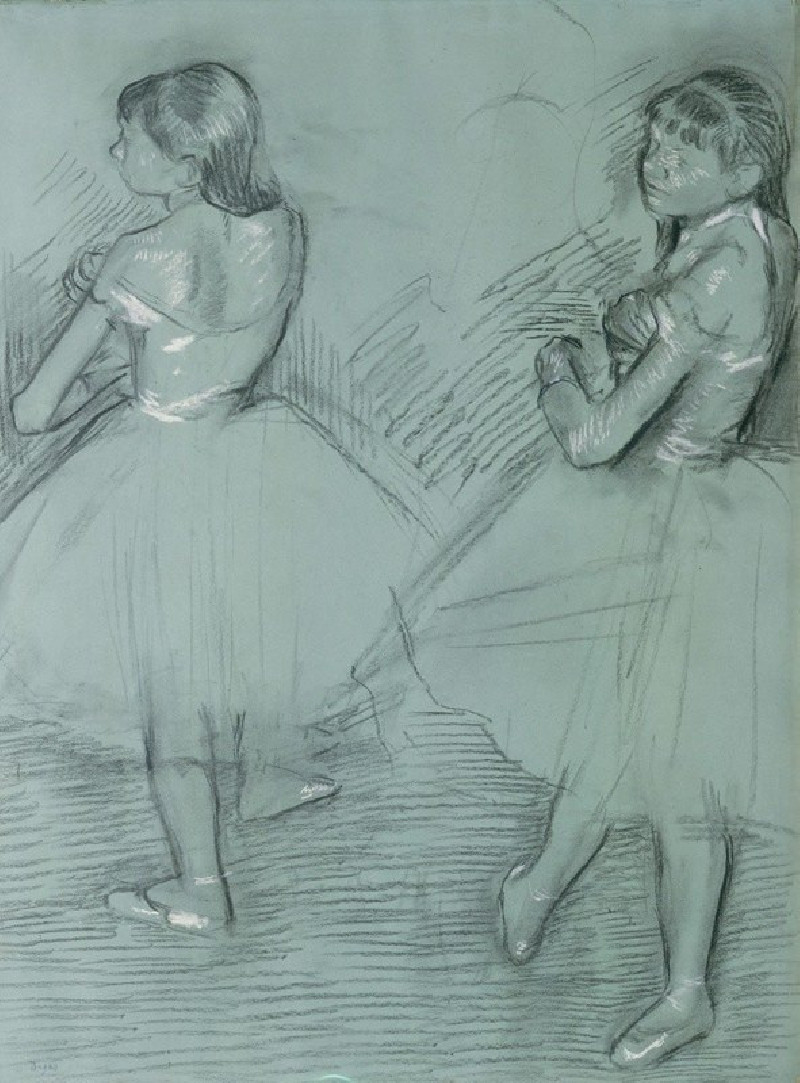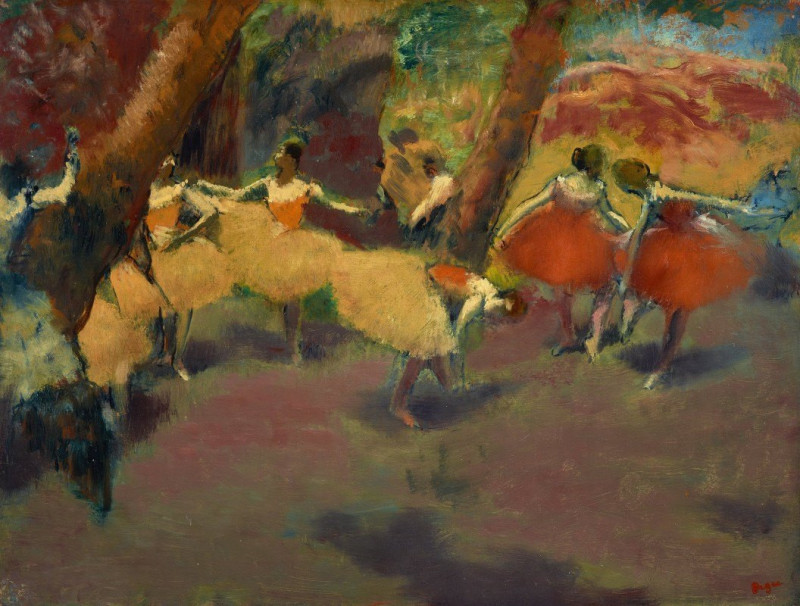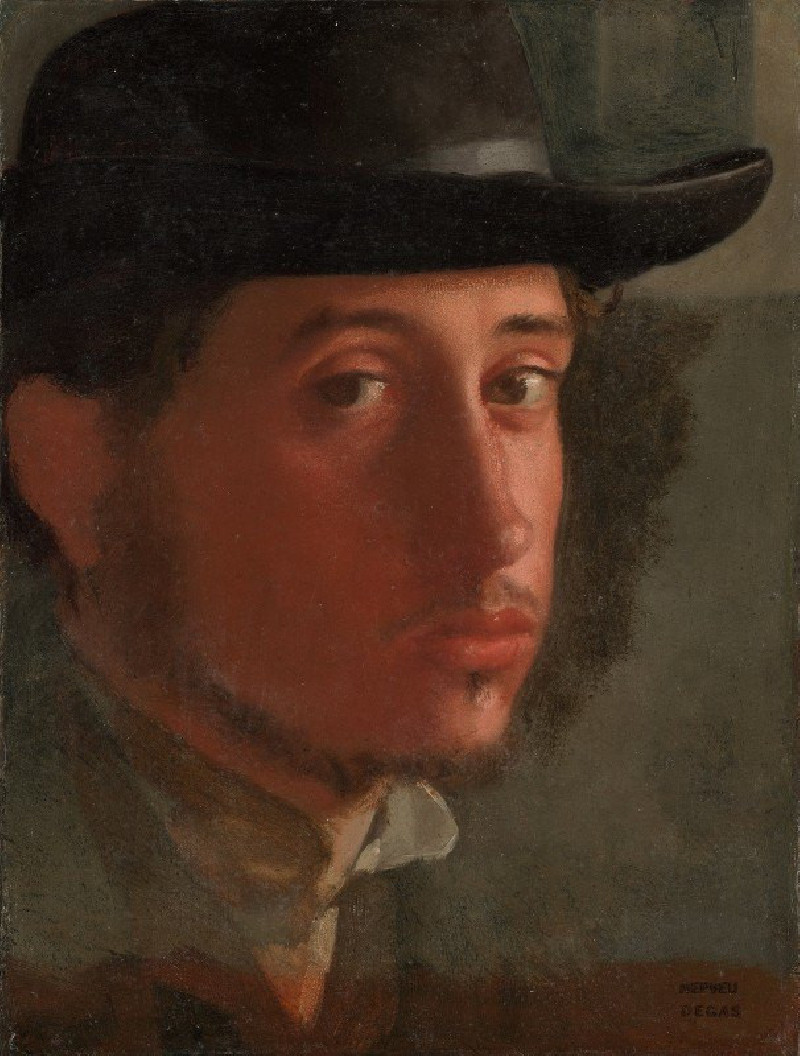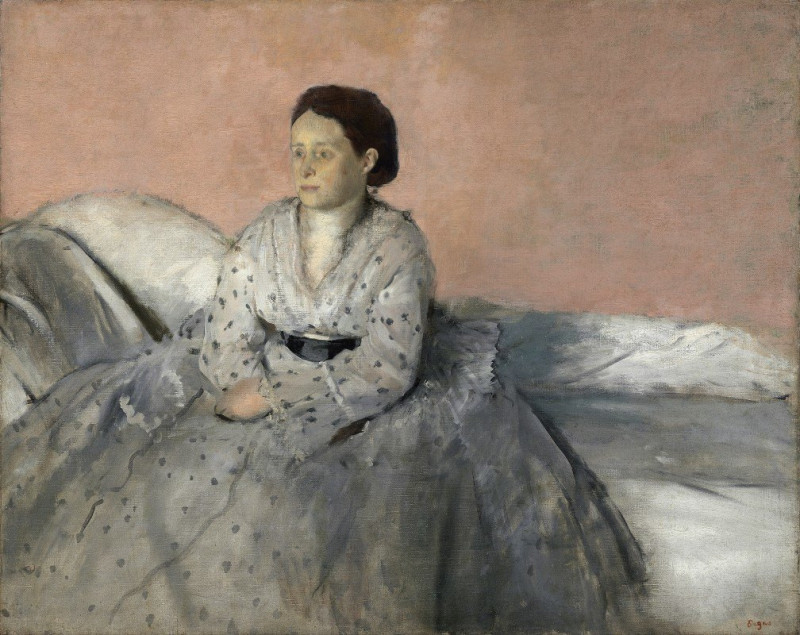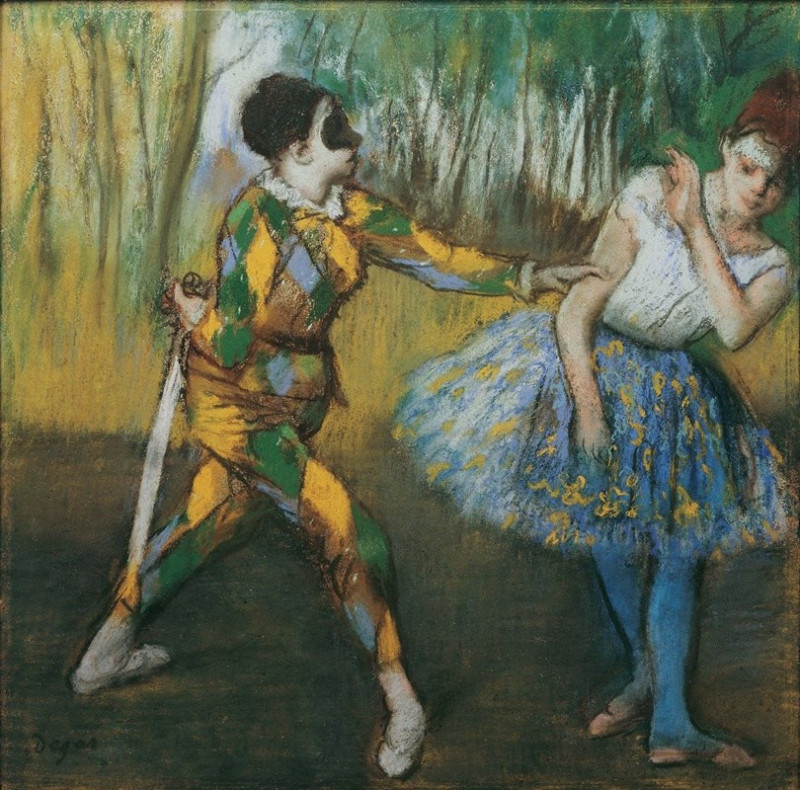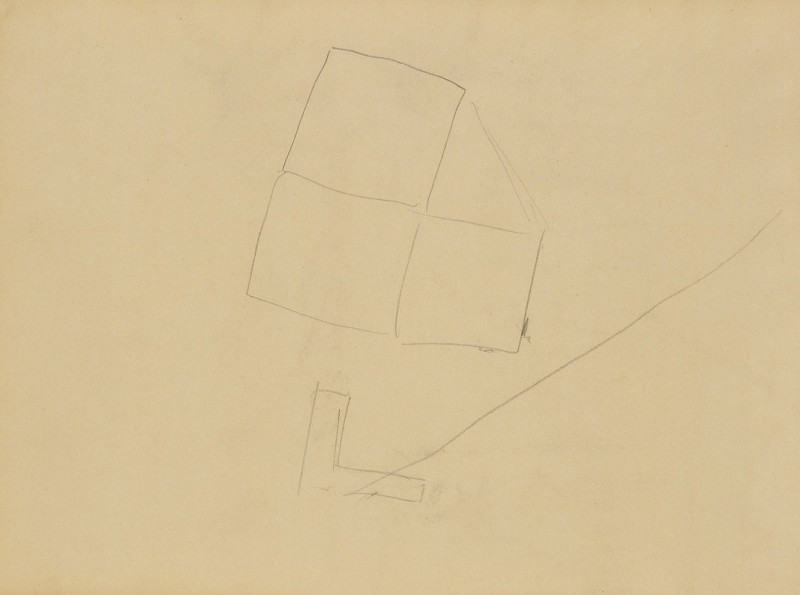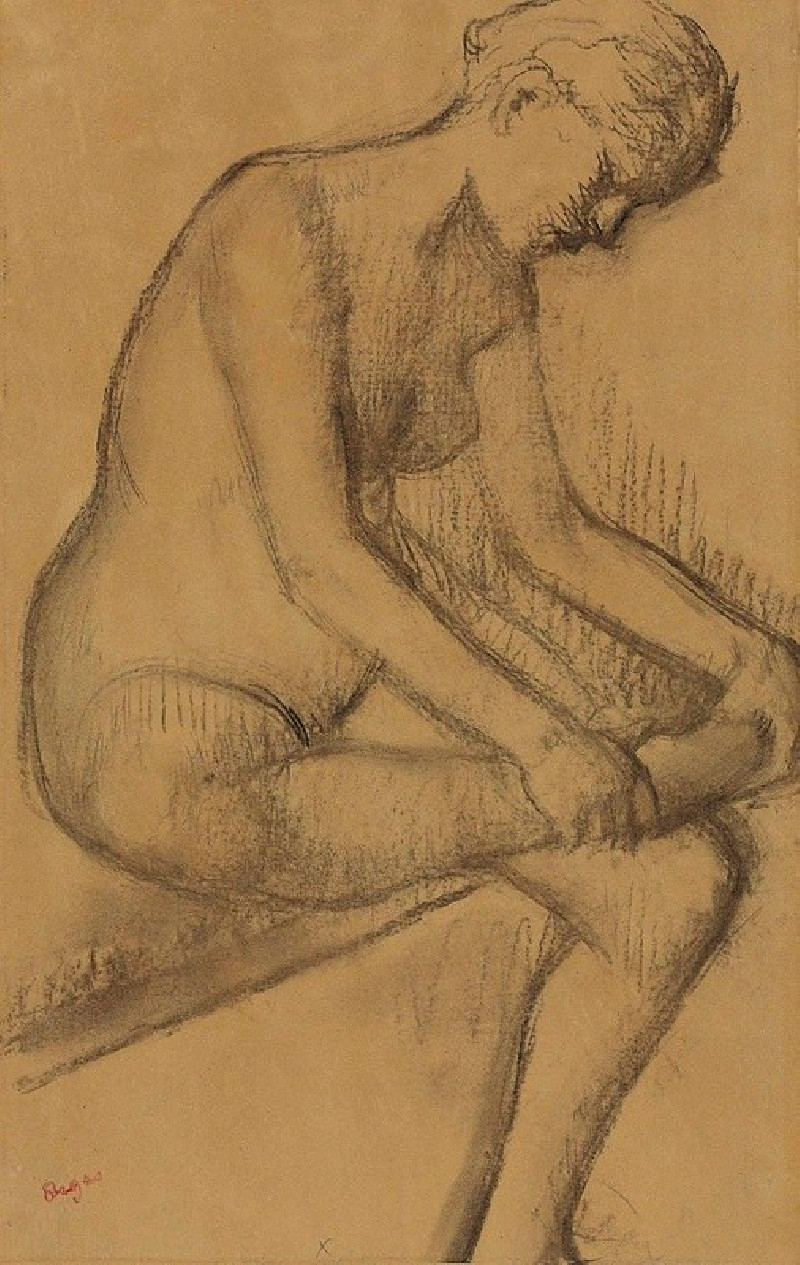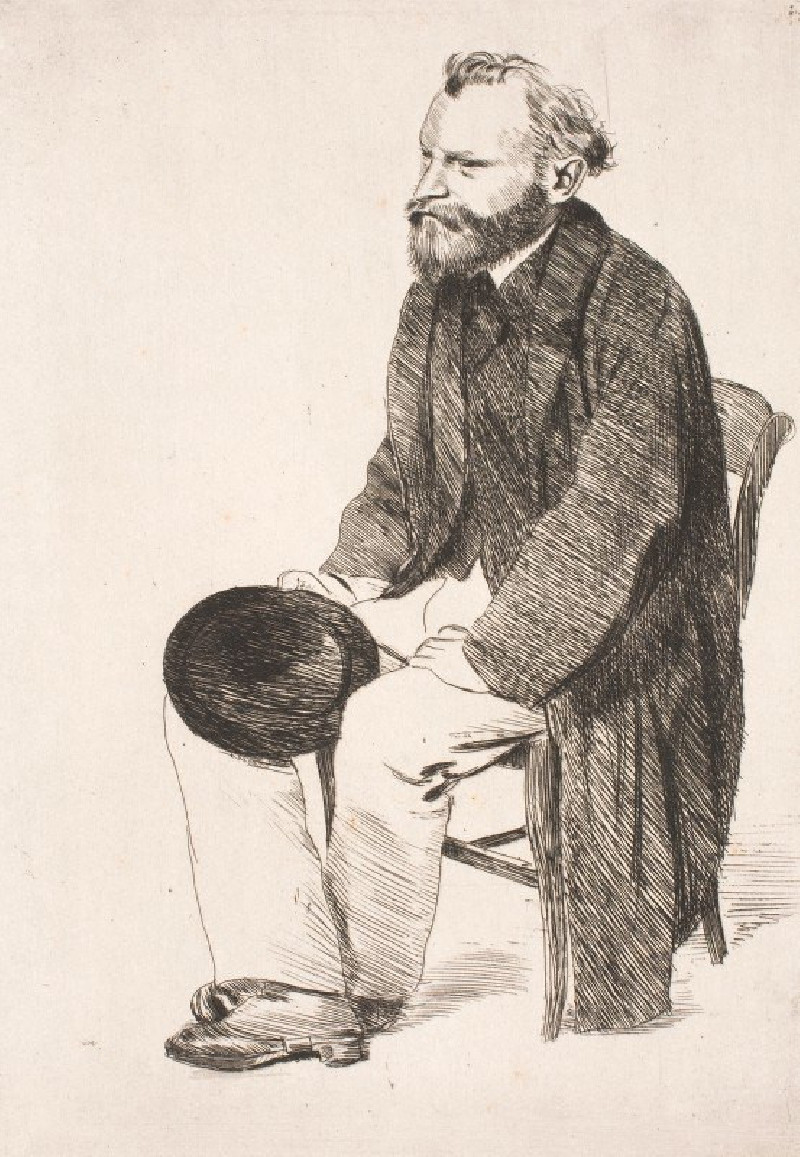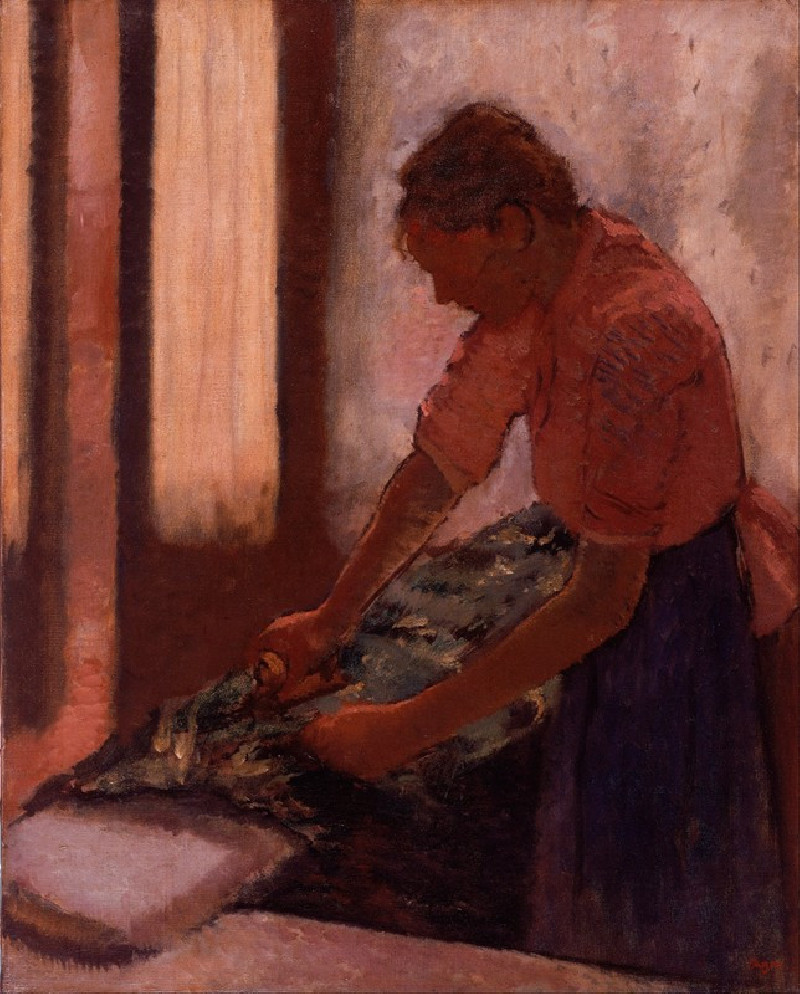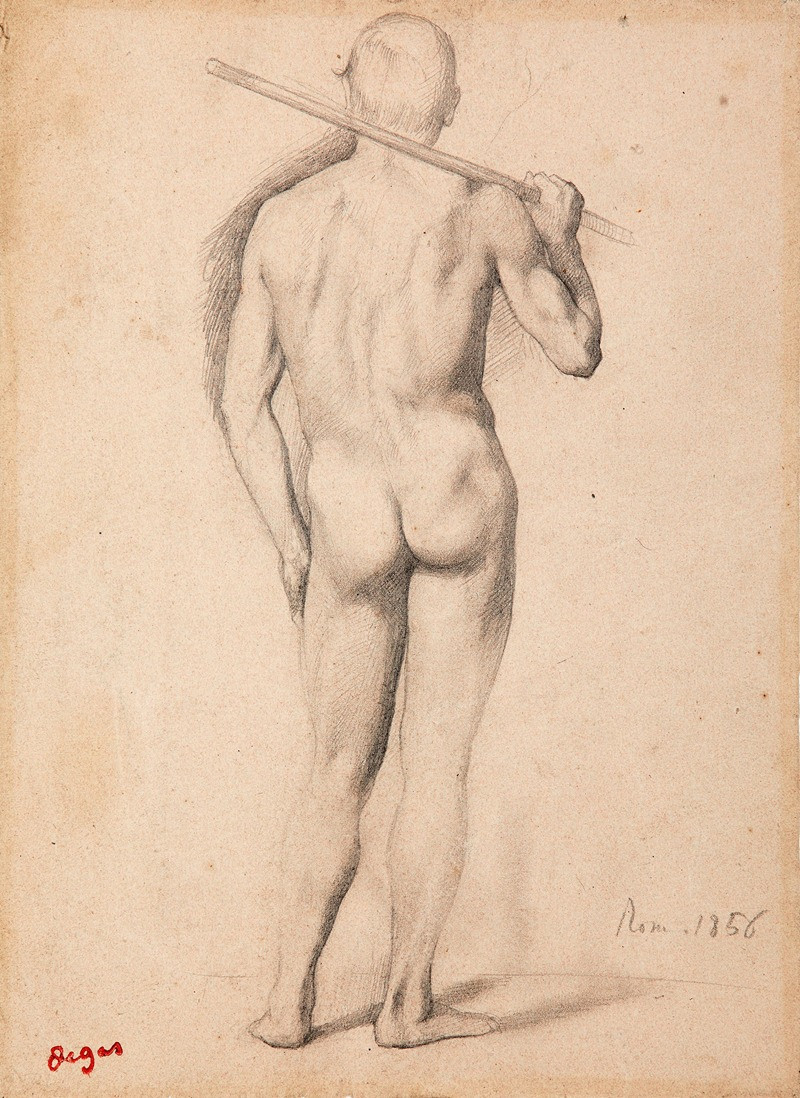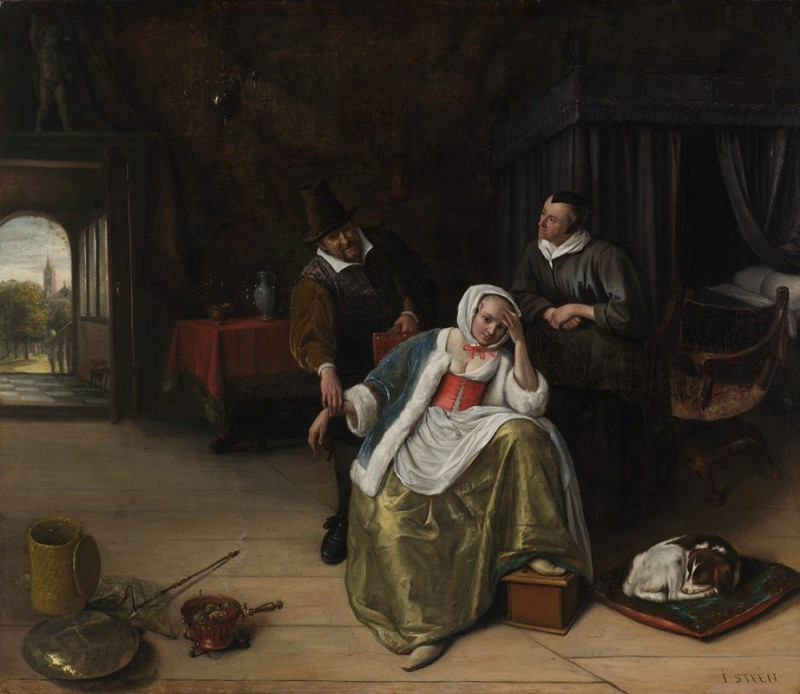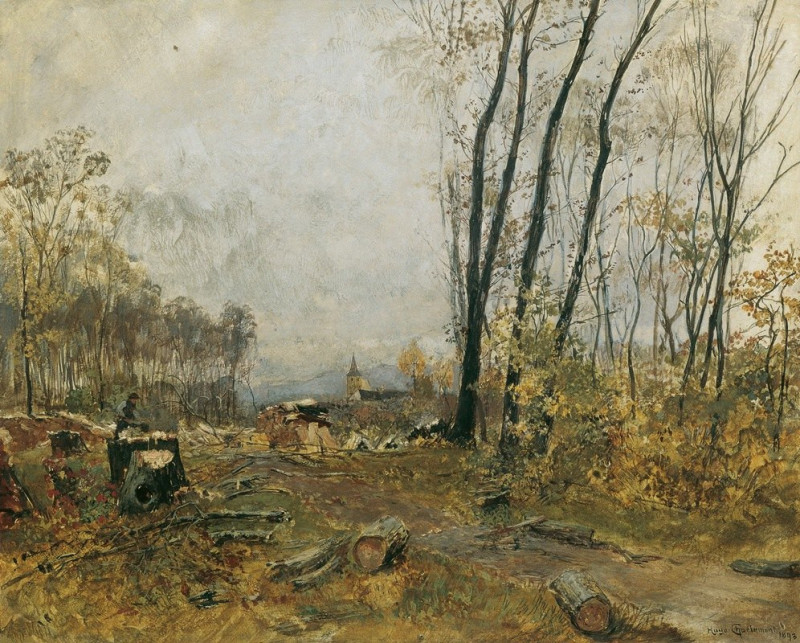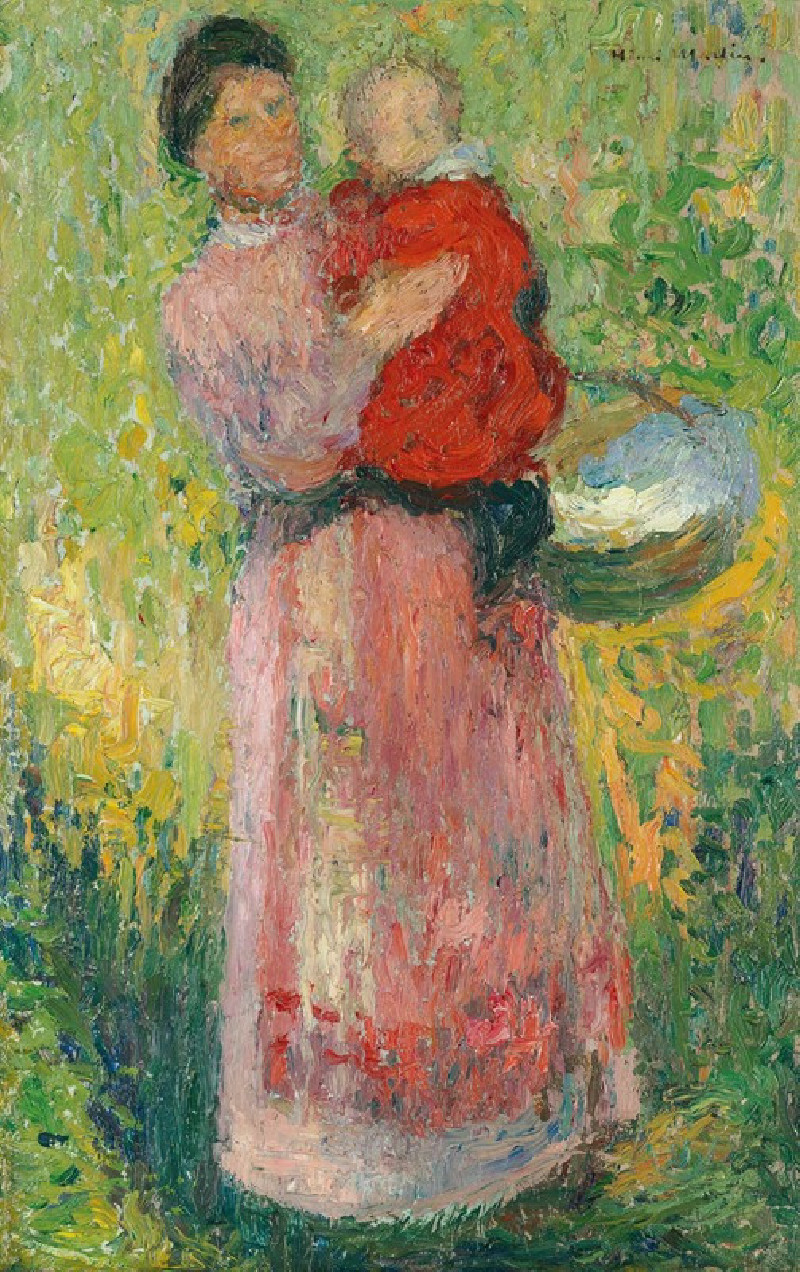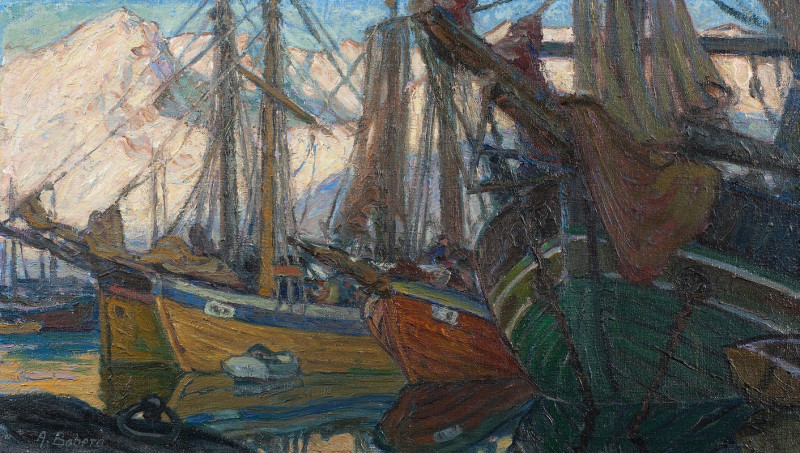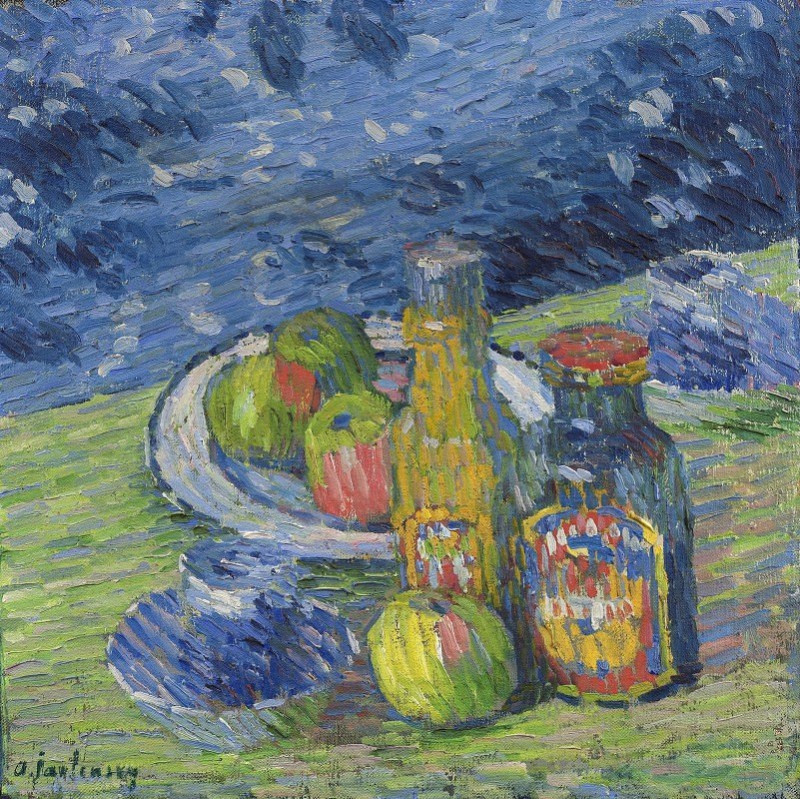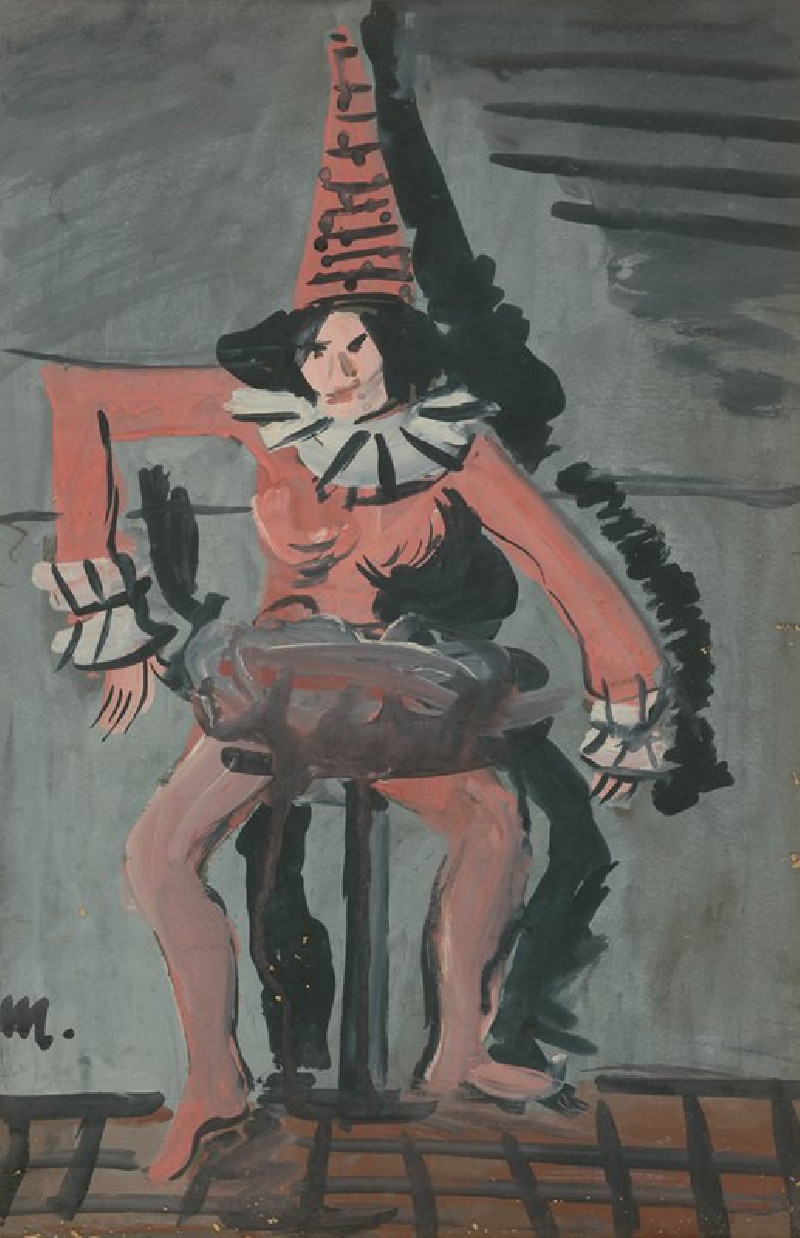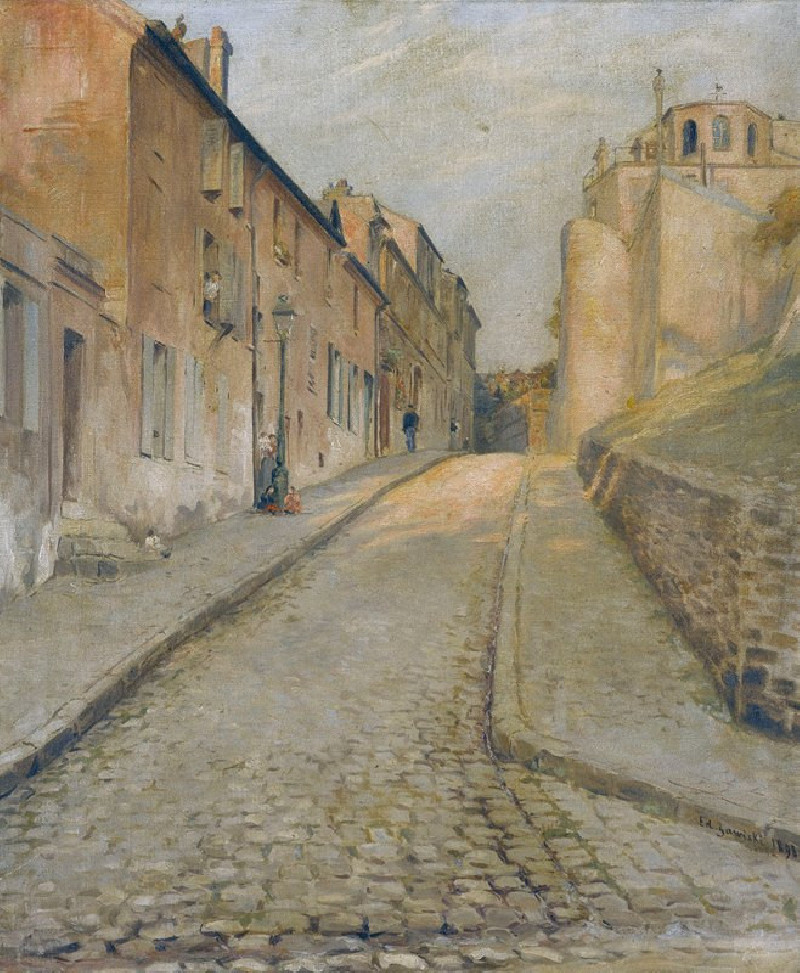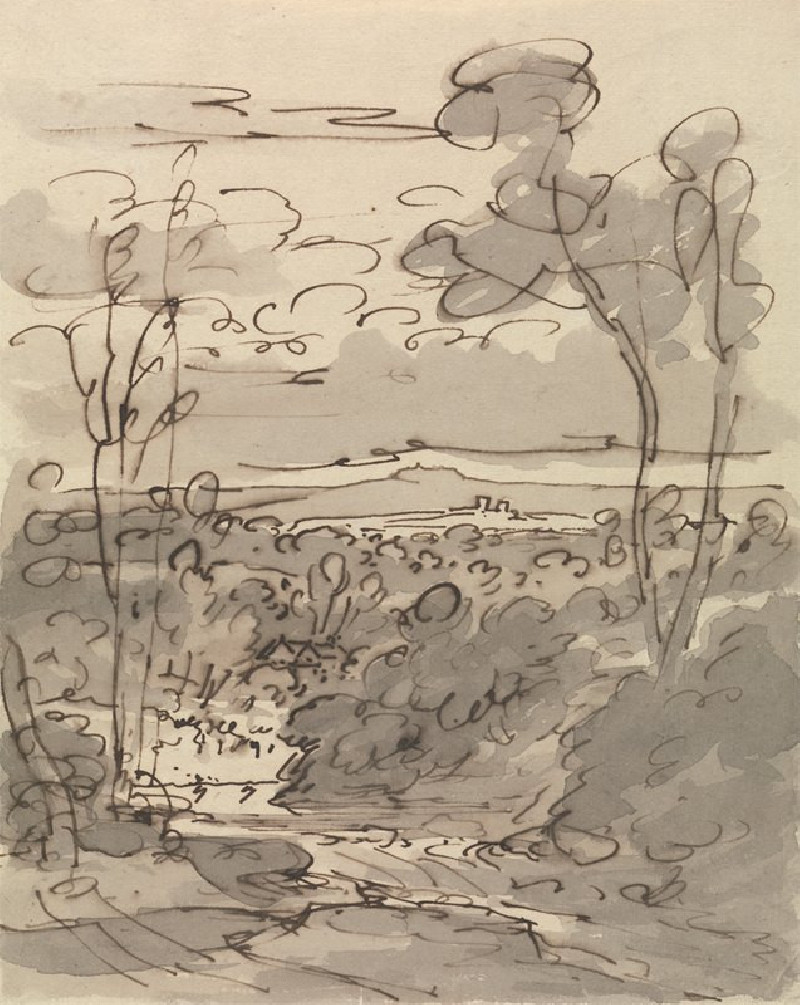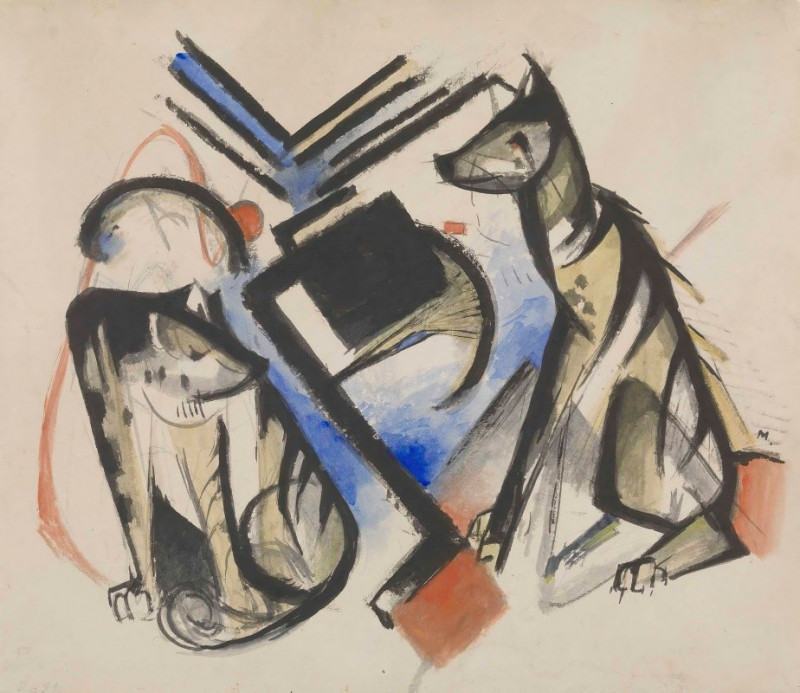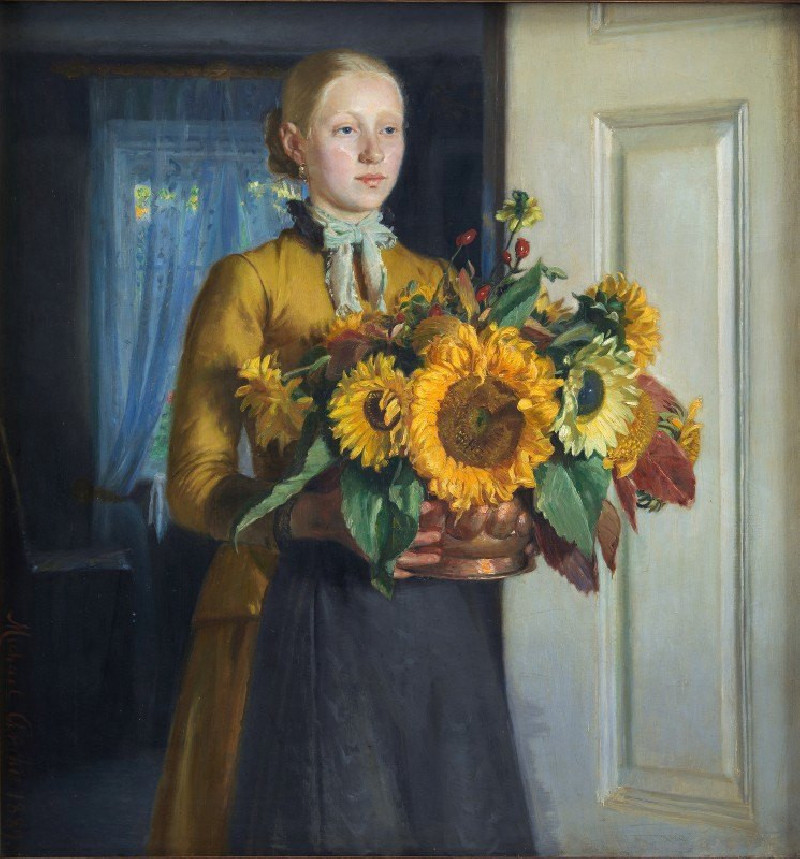Woman in the Bath Drying her Arm (1880s or 1890s)
Technique: Giclée quality print
Recommended by our customers
More about this artwork
Edgar Degas, a French artist renowned for his innovative approach to movement and form, beautifully captures a moment of everyday intimacy in his drawing "Woman in the Bath Drying her Arm." Created during the late 1880s or early 1890s, this piece exemplifies Degas's focus on the rhythmic beauty of human figures engaged in routine activities.The artwork portrays a woman in a bathtub, her body angled away from the viewer as she reaches to dry her left arm with what appears to be a cloth or a towel. The delicate sketch, rendered primarily in soft pencil, accentuates the gentle contours of her body and the relaxed yet precise posture she maintains. Her serene demeanor and the subtle interaction of her form with the surrounding environs highlight Degas's mastery in bringing forth the grace of mundane actions.The background is minimally detailed, drawing the viewer's focus more intensely to the subject and the naturalistic depiction of her movement.
Delivery
Reproductions are made to order and take 5 to 7 working days.
We send them out by courier and delivery takes another two working days.
If you need a reproduction sooner, please contact us - we can usually find a solution and produce it a little faster.
If you don't want to pay for postage, you can pick up your paintings at our galleries in Kaunas or Vilnius.
Returns
Yes, reproductions can be returned.
If you have any doubts more than 30 days after the date of purchase, please contact us - we will take the reproduction back for a refund or offer you a replacement!
We accept a maximum of two returns per customer - please note that we make reproductions to order, so please choose responsibly.
We do not refund shipping expenses.

